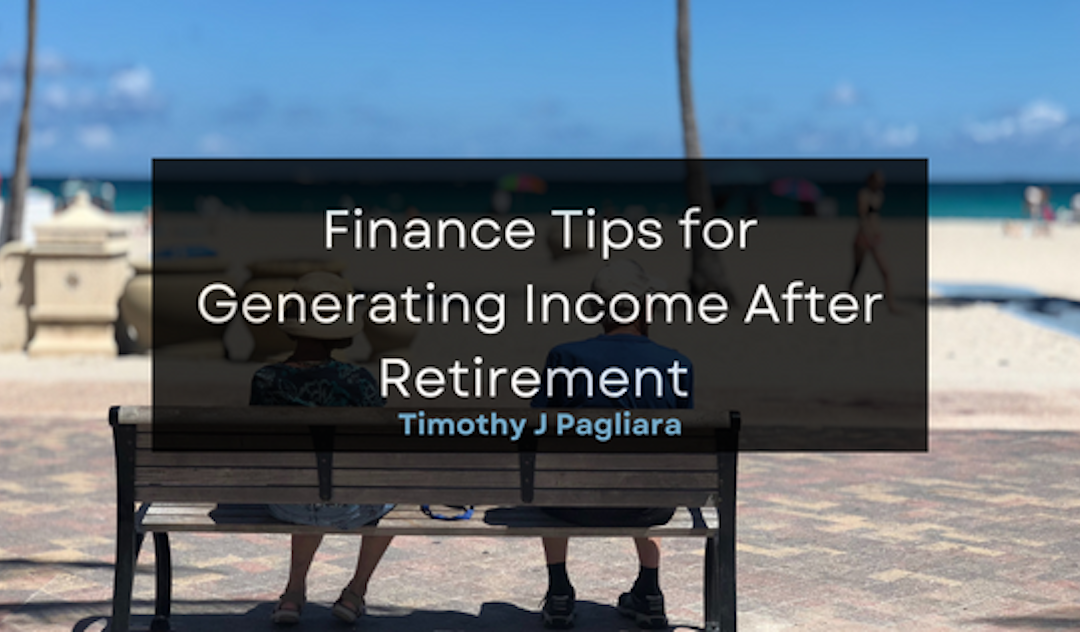After working hard and saving for a lifetime, retirement is the end of the tunnel. Most people envision it as a time of relaxation. They expect a steady source of income and do not need to work at all.
Unfortunately, generating income from retirement is not always an easy task. We are unsure how it will happen, and it can be very challenging to figure out how to make the most of our savings. Having a strategy that involves a steady stream of income can help you achieve your goals.
- Strategic Withdrawals
If you have a lot of money in your bank account it is not an excellent strategy to take all of it at once. It is essential to let the rest of the money work for you. Even if you have a large nest egg, taking all of it out at once is not a good strategy.
A systematic withdrawal strategy involves consistently taking out only the amount you need. This strategy can help you establish a steady stream of income. However, it is not a good strategy if you don’t match your cash flow needs with your withdrawals.
A systematic withdrawal program is usually carried out by individuals with large amounts of money in their bank accounts and stock in their retirement plans. This type of strategy can be very beneficial if you have a lot of equity holdings. However, it is also essential to consider other assets, such as bonds and bank accounts. A well-designed withdrawal strategy can help ensure the income stream will last long.
- Laddered Bonds
A bond ladder is a structure that allows investors to purchase multiple bonds with staggered maturities. This structure provides them with a low risk of loss and consistent returns. The staggered nature of the bonds eliminates the possibility of them being called simultaneously, which can also protect them from call risk.
A six-bond portfolio can generate a steady monthly cash flow because bonds typically make interest payments every two years. Since the interest rate is fixed at the time of purchase, the charges are predictable. The purchase of another bond can extend the ladder, as the new bond’s maturity occurs later than the other bonds’ maturity.

